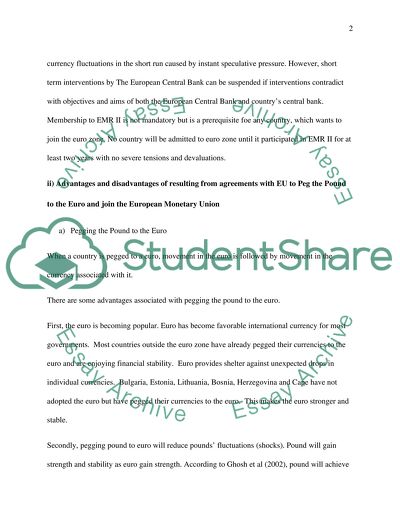Cite this document
(“Monetary policy Essay Example | Topics and Well Written Essays - 1000 words”, n.d.)
Retrieved from https://studentshare.org/environmental-studies/1409769-monetary-policy
Retrieved from https://studentshare.org/environmental-studies/1409769-monetary-policy
(Monetary Policy Essay Example | Topics and Well Written Essays - 1000 Words)
https://studentshare.org/environmental-studies/1409769-monetary-policy.
https://studentshare.org/environmental-studies/1409769-monetary-policy.
“Monetary Policy Essay Example | Topics and Well Written Essays - 1000 Words”, n.d. https://studentshare.org/environmental-studies/1409769-monetary-policy.


